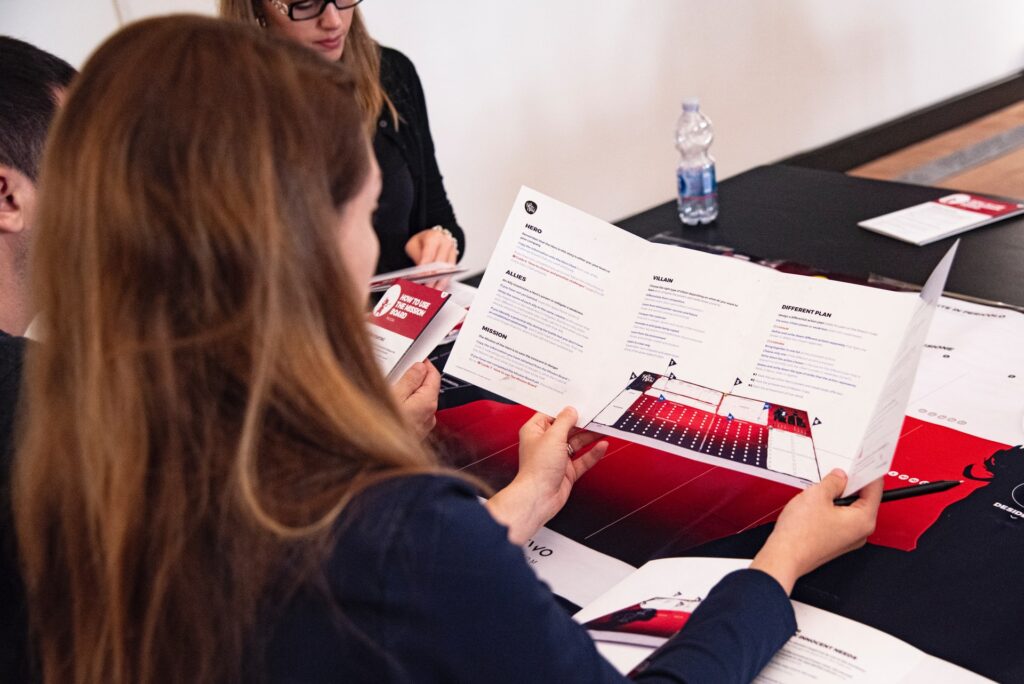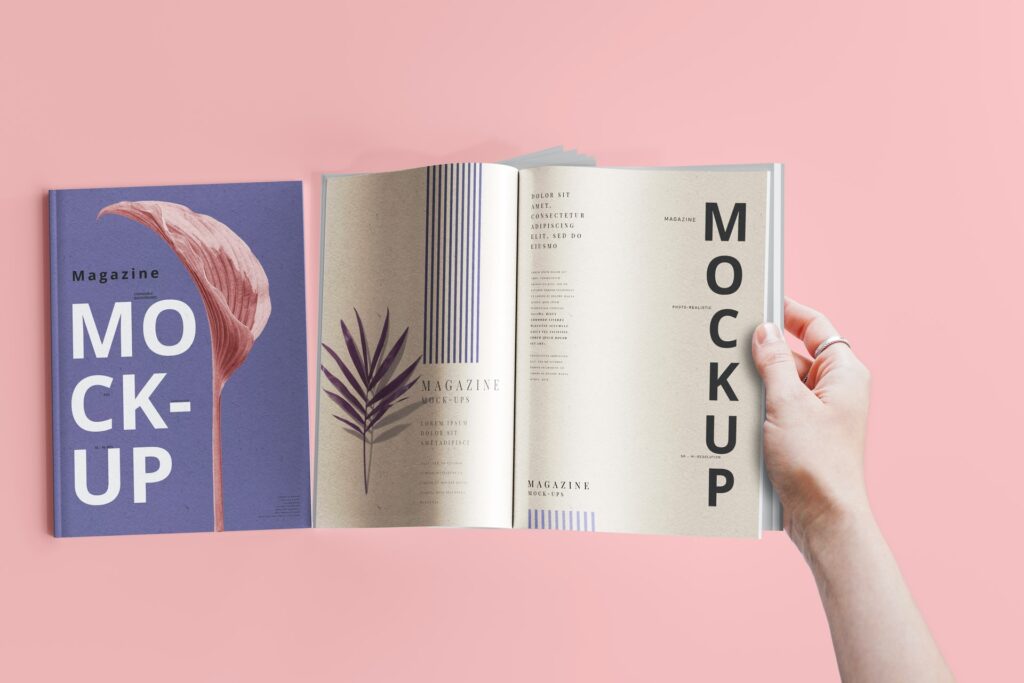In recent years, commentators have been quick to declare that print marketing is dead. However, this isn’t the case. Print marketing is alive and well because it is an excellent way to capture the attention of target audiences. Many companies use printing marketing alongside digital marketing strategies—the two are by no means mutually exclusive.
But which print marketing method is the most efficient way to elevate your business? There are several mediums to choose from: brochures, leaflets, flyers, newsletters, magazines, catalogues, posters and business cards. Brochures are among the most popular print marketing mediums because they increase brand awareness and recall and are a cost-effective way to connect with consumers.
What Are The Benefits of Brochures?
Brochure printing is a popular print marketing method for several reasons:
They Can Be Used to Target Broad Audiences
One of the main benefits of brochures is that they can be created with a broad audience in mind. Many businesses will create brochures that provide a general overview of the company’s products and services, testimonials, case studies, and other relevant information that might encourage the reader to find out more information.
They Are Cost-Effective
Contrary to popular belief, brochures can be a cost-effective marketing technique when done correctly. Digital ads are increasing in price. As a result, many businesses are choosing to spend a more significant proportion of their marketing budgets on print marketing activities.

When print marketing materials, such as brochures, are ordered in bulk, they cost less per copy. So if you’re planning a print marketing campaign that is not time-bound, printing thousands of brochures is a cost-effective way to get the message out about your business.
They Offer Longevity
A key benefit of brochures is that they offer longevity in a way that digital ads do not. Companies looking to increase their exposure to target audiences have brochures printed using high-quality materials and durable binding because they last for several months, and a single brochure may be read by dozens or perhaps hundreds of people, depending on its location.
You Can Incorporate Digital Media
Print and digital media are not mutually exclusive. In fact, many businesses are combining the two by including QR codes on their print marketing materials. With a quick and easy scan, those reading print media materials can access a business’s website to find out more about their offering and perhaps purchase a product or service while they’re there!
How to Create an Engaging Brochure
The practice of brochure printing is useless if you don’t create an engaging brochure that no one wants to read. To create a compelling brochure that increases brand awareness and encourages readers to interact with your business, you need to follow these steps:
Determine the Purpose of the Brochure
Before you do anything, you must decide on the brochure’s purpose. For example, is it a general overview of your business’s offering, or are you focusing on particular products or services? Once you’ve determined the brochure’s purpose, you can focus on crafting some compelling copy that converts those reading the brochure into customers.
Design Your Brochure Thoughtfully
Your brochure needs to be well-designed to have a positive impact on consumers. It should be simple, functional and impactful. If you plan to create the brochure in-house, you should follow brochure design best practices. This includes using a set colour scheme that compliments your brand, separating the text into logical blocks and using high-quality imagery.

Additionally, for the sake of your chosen printing service, it is essential that you include an indication of where the trim line is so the machine knows where to cut. You should also mark a clear 3mm bleed area and keep important elements such as text, graphics and imagery at least 5mm away from the trim line to ensure no important elements are lost during production.
Define Your Brochure Requirements
Once your brochure has been thoughtfully designed, you need to choose the brochure paper type and thickness and decide how it will be bound. In terms of paper types, most printing services will offer silk, gloss, natural, recycled and uncoated paper. But, if in doubt, silk paper is the best option for brochures. It provides a sleek finish that also makes colours appear vibrant without making the text difficult to read due to excessive shine.
Regarding paper weight, the brochure cover should be somewhere between 200 and 250GSM, whereas the brochure pages should be somewhere between 130 and 170GSM to ensure they won’t rip easily. The last thing you and your target audience want is a brochure that rips easily!
In terms of binding, most businesses opt for staple binding as it is both cost-effective and durable. However, suppose your brochure has more than 40 pages. In that case, you should consider perfect or wiro binding as they are better suited to documents with many pages.



